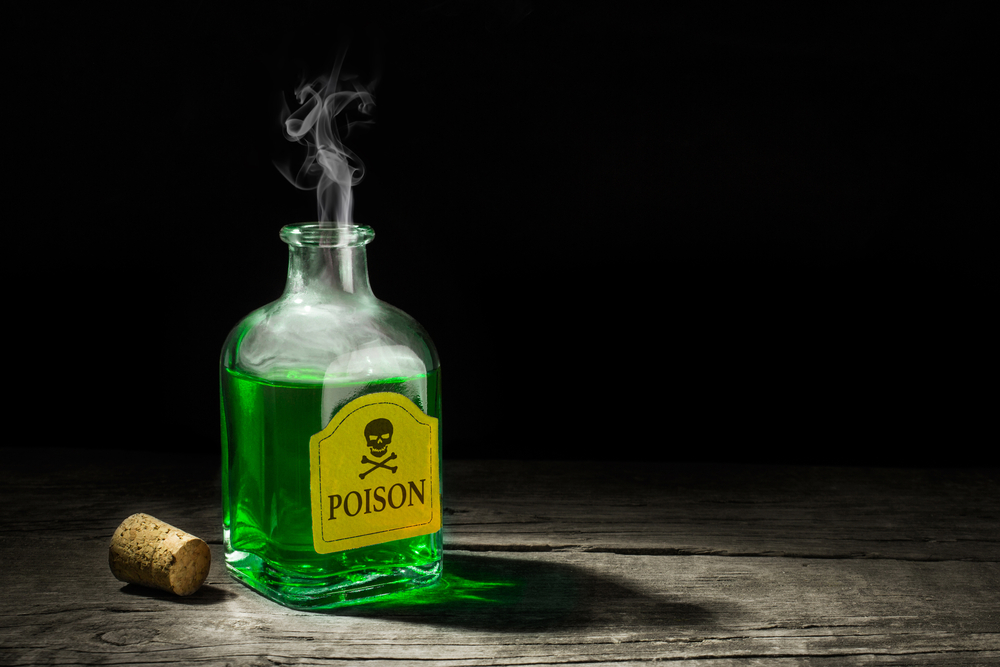Agatha Christie — she wrote murder mysteries; we all know that. But this is probably what you didn’t know: Agatha Christie was also a pharmacist and the medical descriptions in her books were so accurate they actually saved lives. They even...
An Interview with Ripperologist Richard Jones Jack the Ripper: What makes the case so fascinating? Some people say it’s the Sherlock Holmes aspect: a riddle and investigation methods everyone can follow. Other people say it offers a window...




Recent Comments